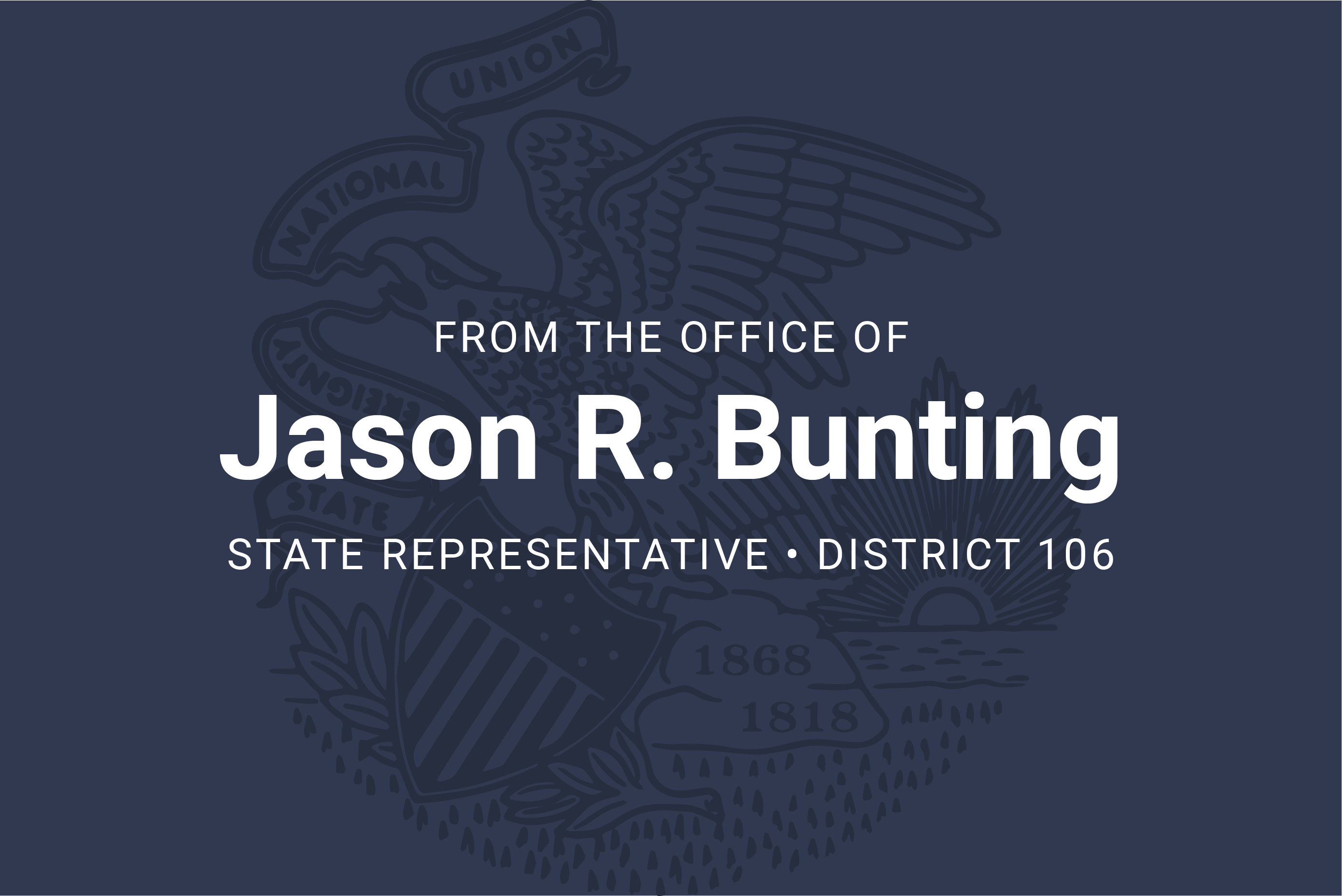In this issue:
- DCFS Director to step down
- Illinois’ COVID spending
- Unemployment up to 4.1%
- Illinois headlines
DCFS Director to step down
Last week I told you about the recent audit which revealed a series of failures at the Department of Children and Family Services. House Republicans have been calling for reform at that agency for years, and this audit is just another reason why.
On Wednesday, the Director of DCFS, Marc Smith, announced his resignation effective at the end of the year. While this is a welcome step in the right direction, it is going to take much more to fix the problems that have plagued the leadership of DCFS for many years.
House Republicans have introduced legislation that will help DCFS, help families and help keep children safe. We all need to come together during session and figure out a way to better protect these kids.
Details on how Illinois spent COVID money
Late in 2020 the General Assembly created the Restore Illinois Collaborative Commission to try and assert some kind of legislative oversight into the way the state was responding to the COVID-19 pandemic. The commission was very weak: it had no administrative powers, but at least it offered some opportunity for a little transparency into how the state was spending taxpayer money due to the pandemic.
A couple of weeks ago the Commission received its most recent report from the Pritzker administration on how the state spent the last of the COVID-19 money. Most of the federal relief programs ended earlier this year, and the funding tied to them dried up as well. Accordingly, most of the report is focused on the end of the various programs which depended on that funding.
One of the largest of these spending items contained $1.6 billion in federal Child Care Relief Funds. Child care centers were heavily affected by COVID, between constantly changing rules and isolation orders which increased demand for child care while limiting the number of available personnel. The programs created with these funds helped to pay for things like child care services and bonuses for child care workers who stayed on the job.
Another big program was the $175 million which went to “Back to Business” grants for restaurants, theaters, hotels and other businesses which were hard hit by the stay-at-home orders in 2020 and 2021. A separate $14.6 million was made available for “Community Navigators” to help eligible businesses work through the paperwork. They helped to fill out more than 1700 successful applications.
There were many more programs funded by these COVID relief funds. Among them were programs to help renters, financially-stressed homeowners, LIHEAP recipients and other eligible Illinoisans.
Unemployment rate ticks up to 4.1%
Illinois’ unemployment rate edged upward to 4.1% in August. The report from the Illinois Department of Employment Security indicates that the job losses in the month came in the business services field, which lost 3300 jobs, and the trade, transportation and utilities field which fell by 1100.
The distribution of unemployment around Illinois followed a similar pattern to what we have seen in the past. Heavily industrialized areas like Danville, Decatur and Rockford led the state in unemployment with rates over 7%. One of the lowest rates was in the Quad Cities area around Rock Island.
Once again our neighboring states outpaced Illinois. Unemployment was lower in Wisconsin (2.9%), Indiana (3.4%) and Missouri (2.8%).
Tour of Growmark’s new Seneca terminal

We toured the new Growmark Terminal in Seneca on Friday morning. Growmark started construction on the terminal in May of 2022 and it is ready to go when the barge reopens.
This facility has changed so much over the last 15 years. It is very neat! Thank you GROWMARK, Inc. for inviting us out!
Our current bill backlog
When a vendor provides the state with goods and services, they submit the bill to the Illinois Comptroller for payment. The Comptroller processes the paperwork and pays the bill when funds are available in the state’s checking account. Currently the total amount of unpaid bills is $2,454,959,856. This figure changes daily. Last year at this time the state had $2.2 billion in bills awaiting payment. This only includes bills submitted to the Comptroller for payment, not unfunded debts like the state’s pension liability, which is well over $100 billion.
Illinois headlines
Illinois state authorities ensure safety of haunted houses ahead of Halloween season
Illinois State Police trooper taken to hospital after Scott’s Law-related crash
Grundy County fossil cache a window to Illinois’ prehistoric past
